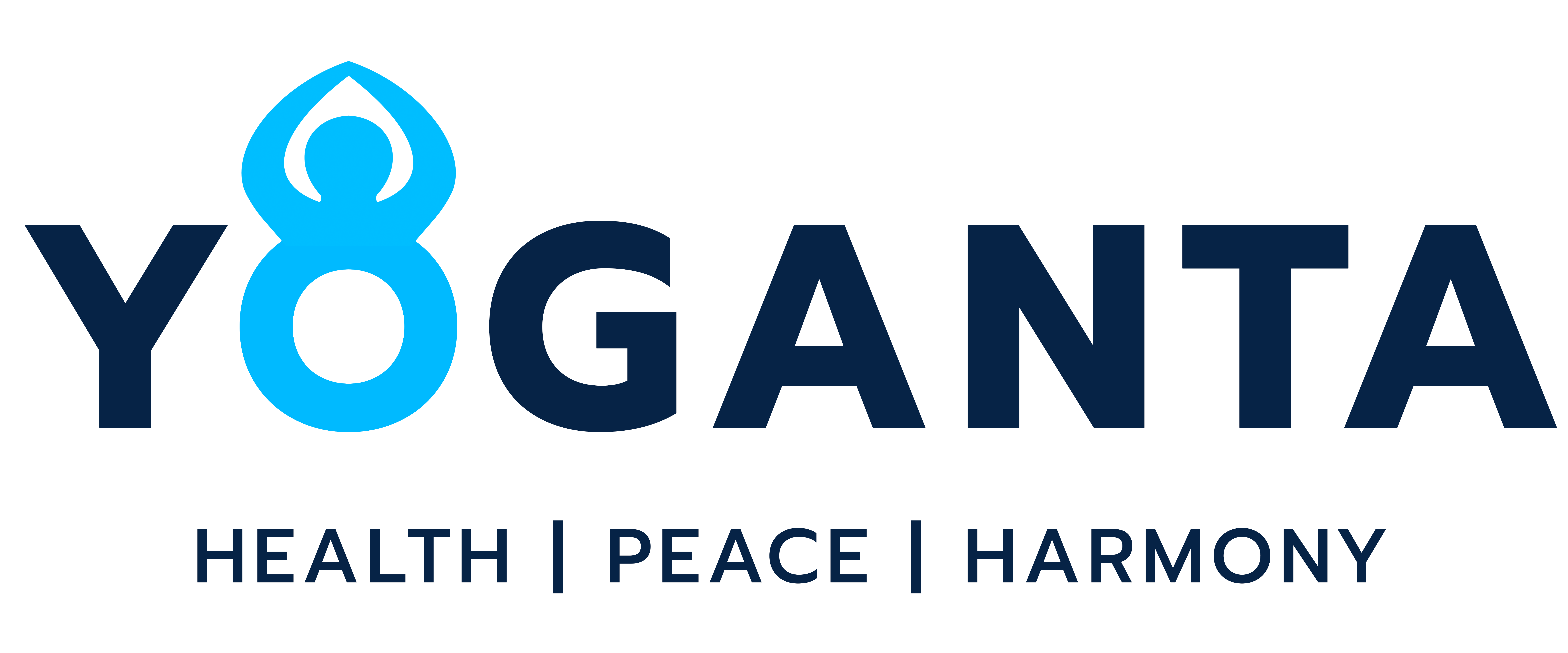Pranayama | Breath Control | प्राणायाम
The circulation and vibrancy of prana, which is the eternal energy that permeates humans and everything that surrounds us, is influenced by the manner we act, perceive, behave, and importantly breathe. A pranayama is a form of regulating your breath. It is a crucial part of yoga which is an activity that promotes both physical and emotional well-being. “Prana” and “Yama” are terms for life energy and control respectively in Sanskrit.
In pranayama, you deliberately breathe in and out while holding your breath all in a pre-defined order. While practicing yoga, pranayama is clubbed with asanas(physical poses) and dhyana (meditation). Pranayama lets the energy flow of life circulate through your body. As a result, you feel energized, relaxed, and healed. It boosts and regulates your body’s life energy.
Instructions
Ancient Indian gurus were aware that breathing methods were easy to learn and also provided both physical and mental calm. Pranayama exercises are simple to perform if done on an empty stomach anytime throughout the day. Here is a list of some different types of Pranayama and the techniques to perform them-
Bhramari Pranayama
Bhramari Pranayama works wonders for people who suffer from hypertension. Practicing this pranayama is your easiest solution if you have a buzzing mind that is always filled with thoughts and worries.
- For Bhramari Pranayama, sit straight peacefully while keeping your eyes closed for a while so as to relax your body fully.
- Place index fingers on ear cartilages.
- Inhale deeply, and as you exhale press both cartilages gently while making high-pitched humming sounds.
- Continue this pattern thrice to see instant results.
Kapalbhati Pranayama
If you wish to detox your body and clearly channel positive energy in your mind and soul, Kapal Bhati is the perfect match for you.
- For Kapal Bhati, find a calm place to sit relaxed with an erect spine while placing your palms on your knees.
- Breathe in, and as you breathe out pull back your navel towards your spine. You may also place one of your hands on your abdomen to feel the muscle contractions.
- As you go back into the relaxing position, your breath automatically enters your lungs.
- To complete a round, repeat this 20 times.
- Relax for a bit and continue with more rounds.
Bhastrika Pranayama
Running out of energy? Just find a quiet place to perform Bhastrika Pranayama and you will be as fresh as birds in the morning.
- For Bhastrika Pranayama, sit cross-legged, fist your fingers and keep your arms folded near your shoulders.
- Take a deep breath in a while opening your fists and straightening your hands up
- Breathe out and return to the starting position
- Continue this for another 20 breaths and relax for a bit before performing another round.
Nadishodhan Pranayama
Lacking concentration? Don’t worry, we have a solution. Practice 9 rounds of this pranayama to get both the hemispheres of your brain in sync and boost productivity.
- For Nadi Shodhan Pranayama, sit with shoulders relaxed and spine erect position.
- Place left hand on left knee and palms in chin mudra
- Place the tips of the index and middle fingers of the right hand between your eyebrows, little and ring fingers on the left nostril while the thumb is placed on your right nostril.
- Breathe out through the left nostril while closing the right one slowly with the thumb
- Next, inhale from the left and exhale from the right nostril. Continue alternate breathing in and out from the nostrils.
- After breathing out from one nostril take a note that you inhale from the same one for the next round.
- You can also practice a short spanned meditation after this pranayama for maximum benefits.
Benefits of regular Pranayama practice
To supercharge your entire body you should adopt the practice of performing pranayama regularly. Some of the benefits of Pranayama are-
- Reducing stress- as pranayama calms down the nervous system, it helps in reacting better towards stressful situations.
- Improved quality of sleep- since you are stress-free, it leads to a peaceful sleep, reduced snoring or sleepiness during the daytime, and a better-rested body.
- Lowers blood pressure- stress contributes majorly to shooting up blood pressure levels. Since pranayama reduces stress and improves sleep quality, lowered blood pressure goes hand-in-hand.
- Being mindful- people who practice pranayama regularly are believed to be more mindful and can manage emotions better as the brain cells get fuelled by the increased amount of oxygen.
- Improving lung health- pranayama is considered in strengthening the lungs and several lung-related ailments like asthma, pneumonia, tuberculosis, allergic bronchitis, etc.
- Enhancing cognitive function- pranayama improves your reflex action, auditory memory, sensory-motor function, and reasoning skills.
- Reducing smoking urges- mindfulness due to pranayama helps decrease the repercussions of smoking and curb urges of the same.
Contraindications
- People who suffer from heart ailments, hernia, and higher levels of blood pressure are advised to avoid performing Bhastika and Kapal Bhati.
- Never practice pranayama on a heavy stomach or right after meals.
- If you are a beginner, do not try holding your breath without expert supervision.
- Do not perform breathing exercises if you have lung congestion
- Avoid performing any strenuous workout after pranayama
Summary
Pranayama is an essential element of yoga. It is clubbed with meditation and several different asanas. It is extremely helpful in improving the body-mind connection and relieving stress, depression, and anxiety.
It encourages calm and mindfulness while assisting in a variety of bodily functions like lung health, brain functions, and blood pressure. For optimum results, it is advised to practice pranayama for at least 20 minutes to half an hour per day.
